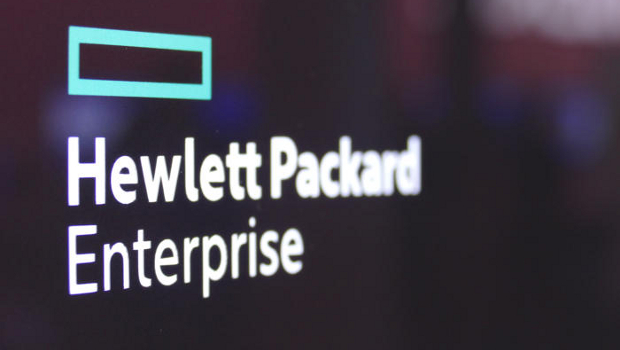Synergy is sold in a 21-frame unit that supports 12 modules per frame. The idea is that Synergy is made up of compute, network and storage, and developers can request a virtual machine with any combined amount of those resources. When the workload is done running, those infrastructure resources are delivered back to the “pool” for other users to access. One workload could be a compute-heavy application with a lot of CPU power; another could be memory-heavy for read-write operations.
“Composable systems will likely have much of their success initially with larger enterprises who have complex software environments”
This is a different idea than an HCI system, which typically provisions pre-configured VM or bare metal infrastructure templates. Composable is more similar to the idea of a public cloud where resource capacity is simply requested and provisioned from shared capacity. The difference with Synergy compared to public IaaS cloud is that it sits on customers’ premises. Like cloud, HPE offers Synergy in an ‘OpEx’ buying model in which customers pay for the product based on how much they use it; or they can buy it outright as a capital expense.
“Composable systems will likely have much of their success initially with larger enterprises who have complex software environments,” Fichera says. “If all you want is an efficient way to provision VMs, it probably makes sense to buy HCI. If you have a big, complex enterprise software system and are looking for ways to streamline constantly-changing infrastructure resources, that’s probably where composable will make more headway.”
HPE is unique in the market offering composable infrastructure, Fichera says. Cisco had a composable product with the M Series of its UCS servers, but no longer actively sells those because of a lack of demand, the company said. Fichera says it’s unclear yet if Synergy will be more desirable. HPE does have paying customers willing to talk about their use of Synergy.
Synergy in practice
The HudsonAlpha Institute for Biotechnology in Huntsville, Ala., houses hundreds of researchers studying the latest in genomic medicine. This science specialty creates petabyte-scale data and requires batch compute processing jobs. HudsonAlpha CIO Peyton McNully says the long-term goal is for his IT department to transition from HPE C-7000 servers to Synergy, and that’s a process that’s underway.
“Ultimately, (Synergy gives us) more flexibility and better software definition through Rest APIs,” McNully says. “Some days we run a hypervisor for certain workloads, then in the evening hours it’s back to bare metal, CentOS and Docker containers for batch processing jobs.” Enabling that flexibility can be “quite expensive” on standard infrastructure equipment, he says, but by using Synergy HudsonAlpha is able to compose the exact-sized infrastructure environment each workload needs.
“There are 15,000 to 18,000 genomes that we’re analysing each year and I’ve got a certain amount of compute to do that with,” McNully explains. “The opportunity to ring out every last drop of that compute in the evening hours, and then spin up private clouds during the day for different types of workloads, is a huge price and performance benefit.”
List pricing for the HC380 ranges from $26,000 (€24,500) to $100,000 (€942,371) for an all-flash configuration. For HPE Synergy, list pricing starts at $12,750 (€12,015) per compute block for one- to 36-server configurations, with discounts when buying in volume.
IDG News Service








Subscribers 0
Fans 0
Followers 0
Followers